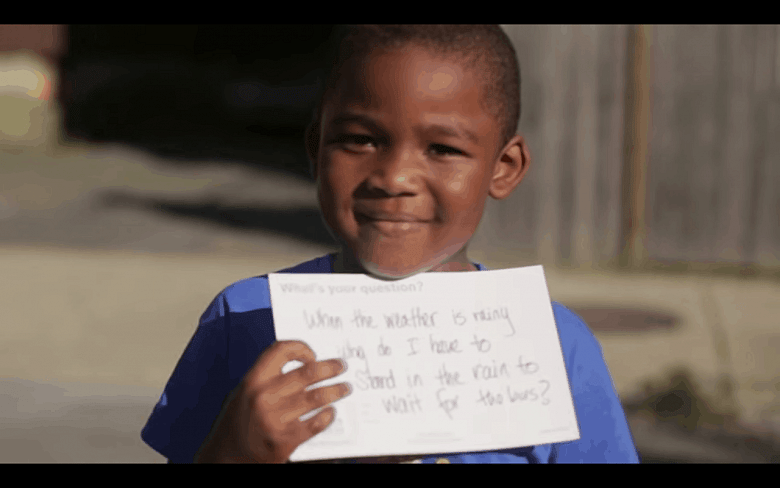Boston lays out transportation goals for 2030

BOSTON – Boston took a step closer to creating a new transportation plan this week, sketching out a proposed shape of its mass-transit systems for the year 2030 under a draft of the blueprint released Friday.
It includes a kind of wishlist based on inputs from city residents and those who live in the 101-community Metropolitan Area Planning Council, or MAPCO, district of suburbs. Barely half of residents outside the city would like to use mass transit for commuting by 2030, and fewer than half of city dwellers say that would be their preference.

